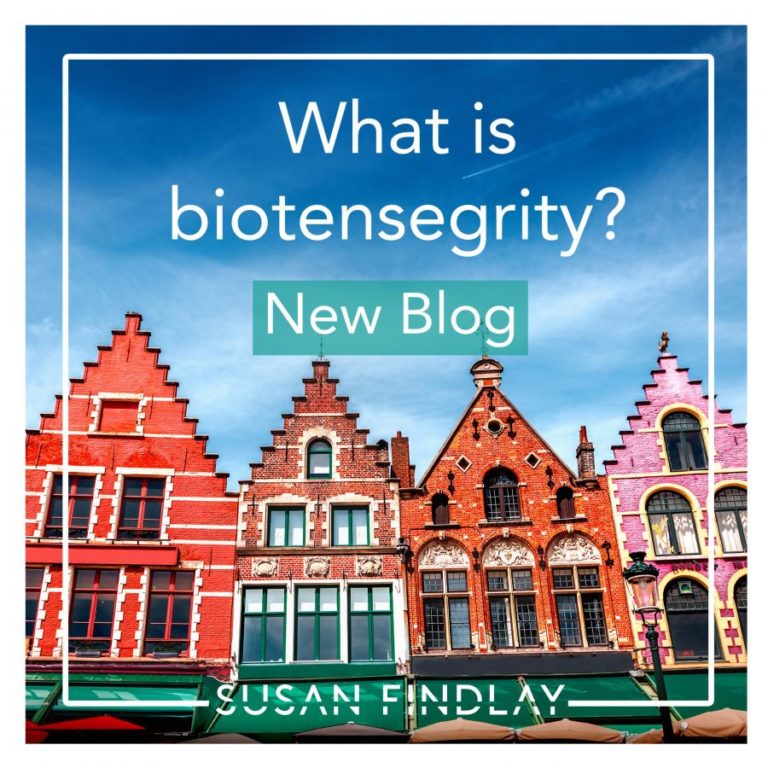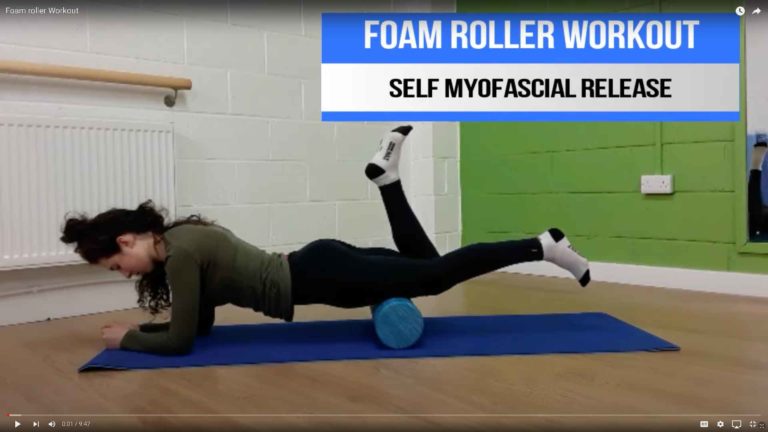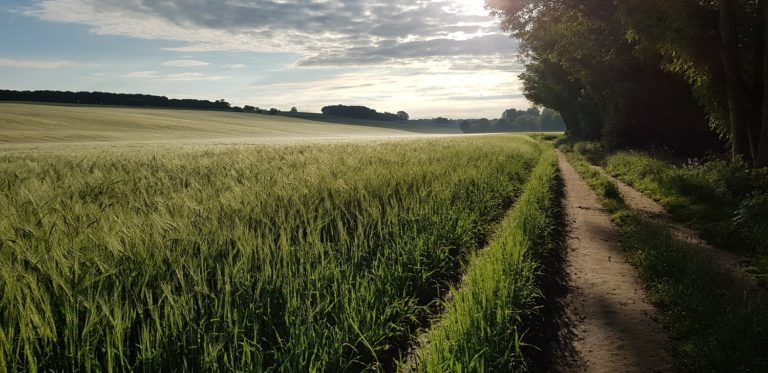| Cardiovascular disease, including heart attack, is the leading cause of death worldwide. “Adult human hearts are not very good at repairing themselves,” said Conrad Hodgkinson, an associate professor of medicine and pathology at Duke University School of Medicine who oversaw the study. “Once they have a heart attack or any type of damage, there’s no capacity to replace the heart muscle that dies. So, what the heart does to stop itself from basically blowing up is it activates fibro-blasts to come in and form a scar.” Like the scars on skin that result from injury or surgery, the scar tissue generated in the heart after a heart attack is tough and non-flexible and can prevent the organ from functioning at its full potential, Hodgkinson said. Hodgkinson and his team wanted to find an efficient way to convert the scar tissue back into functioning cardiac muscle to essentially reverse the effects of a heart attack. To do this, they set out to find a way to transform fibro-blasts, a type of cell that contributes to the formation of connective tissue, into heart muscle cells via a process called cellular reprogramming. Hodgkinson’s lab delivers reprogramming instructions to cells in form of RNAs. However, they found adult fibro-blasts are not very good at following the instructions and are resistant to reprogramming. When the researchers used the RNA-filled exosomes to instruct the fibroblasts to reprogram themselves in a mouse that had just experienced a heart attack, the results were, according to Hodgkinson, “impressive.” |
 |
| Fibroblasts were isolated from adult murine cardiac tissue. Transcription factor Epas1 (red), cytoskeleton (green) and nuclei (blue). Credit: Conrad Hodgkinson |
| The researchers formulated a cocktail of RNAs and packaged them into exosomes, a natural product produced by most cells. This technology allowed them to deliver the exosomes without surgical interventions. Exosome packages have unique properties that guide them to cardiac fibro-blasts inside an injured heart. “We were able to recover almost all of the cardiac function that was lost after a heart attack by reversing the aging of the fibroblasts in the heart,” Hodgkinson said. Their findings were published in the Journal of Biological Chemistry. Source: https://medicalxpress.com/news… |
Not joined up yet?
There’s plenty of reasons to join the LCSP Register
Insurance Partners
Our dedicated team can tailor individual policies to suit your specific needs
Workshops
Keep your skills up to date with CPD Workshops and courses
Business Support
Advice tailored to working in the private sector
Find a Therapist
Our directory of therapists searchable by the general public
Welfare Officer
Supporting members who may have situations of difficulty where they need assistance, guidance or reassurance.






